The first lesson in a new airplane is supposed to be simple: learn the machine, feel the controls, and keep the stakes low. On October 6, 2022, at Newport News/Williamsburg International (PHF) in Virginia, a Cessna 172P, N97883, lined up on Runway 20 for just such a flight. In the right seat sat a 22-year-old flight instructor—commercial pilot and CFI, single-engine land with instrument rating—who had logged about 333.8 total hours, including roughly 75.5 hours as an instructor. In the left seat was her student, 18 years old, brand-new to airplanes with zero logged time. In the back left seat was a friend of the student, an 18-year-old private pilot who came along to watch. The weather cooperated: visual conditions, winds reported near 270° at 7 knots, and a long, dry runway ahead.
The Takeoff That Kept Pitching Up
Taxi, lineup, power up—everything tracked like a standard first-lesson profile. According to airport surveillance video and witness accounts, rotation looked routine. The instructor had the student place his hands on the yoke with her guidance for when to begin the pull. The Cessna lifted off, and for a moment it climbed as expected. Then the picture changed. The pitch increased into a steep nose-high attitude within a few seconds of becoming airborne, anywhere from about 50 to 200 feet above the runway environment. The stall horn sounded. The left wing dropped. The airplane rolled left, descended, briefly leveled its wings as if a recovery was starting, and then the left wing dropped again. There wasn’t enough altitude to recover. The 172 hit a drainage area just west of the runway.
What the Two Survivors Remembered
The pilot-rated passenger in the back seat said the instructor initiated the takeoff and cued the student when to start pulling. He recalled the airplane lifting off “normally at first” but the student continued pulling, the pitch kept increasing, and the stall warning stayed on until impact. He saw the instructor trying hard to lower the nose, but there just wasn’t room to complete the recovery. The student’s memory stopped at the moment of the stall—he remembered a very high nose and the sensation of the tail being low, then blanked out until the hospital. He could not recall whether his hands were still on the controls when the stall developed.
What the Wreckage (and Weather) Did—and Didn’t—Say
The airframe told a familiar story. Control continuity was established. The flaps were found retracted. The elevator trim tab actuator corresponded to a small “tab up” setting. The Lycoming O-320 rotated with compression on all cylinders; both magnetos produced spark; the fuel system held usable fuel with no blockage. Investigators didn’t find any mechanical condition that would have prevented normal operation. In short: the engine made power, the flight controls were connected, and the airplane could fly. The environment was equally benign: daytime VMC, 10 miles visibility, clear skies, a long concrete runway, and routine tower operations. The outside factors that sometimes complicate a departure simply weren’t present.
A Missed Briefing Where It Mattered Most
One detail stands out for anyone who’s taught or been taught in a cockpit: the “positive exchange of flight controls.” The school’s published Lesson 1 syllabus explicitly included understanding the technique for a positive exchange—clear, audible handoffs like “You have the controls,” “I have the controls,” with a confirmation. Neither the student nor the pilot-rated passenger could recall that this was discussed before takeoff. The instructor did ask the student to participate in the rotation, and that’s perfectly normal for a first hop—but the record suggests there wasn’t a crisp boundary established for who owned the yoke, exactly when, and under what guardrails. That missing crispness often doesn’t matter until it does, and on this flight it mattered within seconds of liftoff.
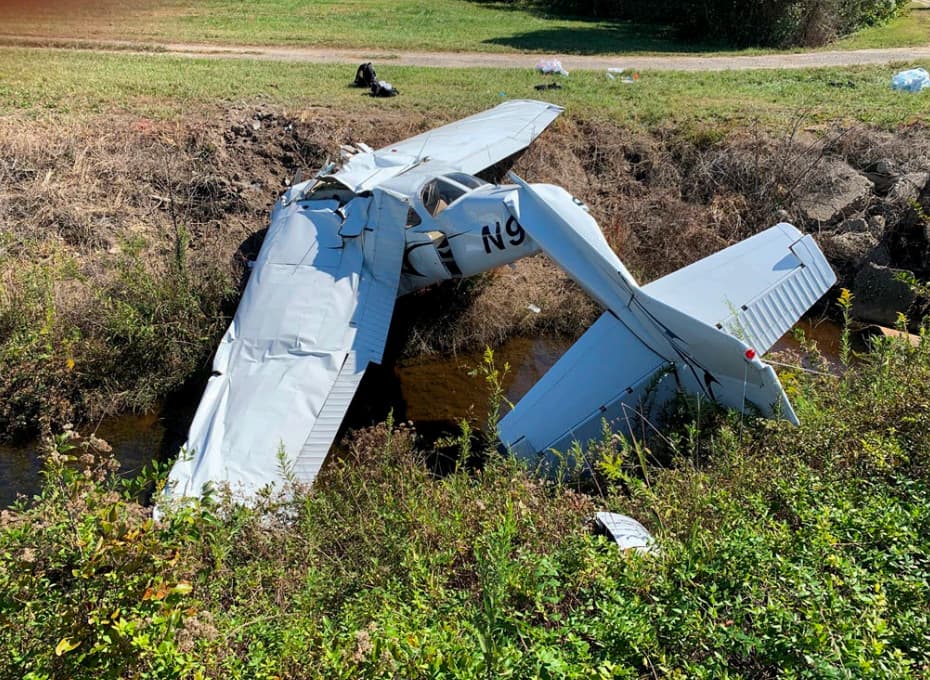
How a Cessna Can Still Bite
A Cessna 172 is one of the most forgiving trainers ever built, but aerodynamics don’t grade on a curve. When an airplane with adequate power is pitched too high, it’s easy to exceed the critical angle of attack before the airspeed catches up. Near the ground, the margin to recognize the stall and push—decisively—evaporates fast. The data points here lined up in a classic low-altitude “power-on stall” scenario: rapid pitch-up after liftoff, the stall horn blaring, an initial wing drop, and not enough altitude to finish the recovery after the nose started to come down. If you’ve flown with new students on takeoff, you’ve felt a hint of this—hands heavy on the yoke, eyes more inside than out, the climb attitude creeping higher than you want. Instructors usually shadow the controls and correct early. In this case, the correction came too late.
The Human Factors Thread
It’s important to acknowledge the human side. A young instructor with about 300 hours total time was tasked with conducting an introductory lesson—well within the norm at many busy schools. She had launched to do exactly what instructors do every day: introduce a new student to the airplane, step by step, and bring them back safely. The student was excited, not overly anxious, and had a trusted friend along for moral support. That friend, despite being a private pilot, was there to watch, not to instruct. None of that is unusual. What’s unusual is how quickly the takeoff went from routine to unrecoverable. That’s the sobering part: a handful of seconds after liftoff, the window to fix the angle of attack closed.
NTSB’s Bottom Line
The NTSB determined the probable cause as the instructor’s failure to adequately monitor the student during takeoff and her delayed remedial action to prevent exceedance of the critical angle of attack, resulting in a low-altitude aerodynamic stall from which recovery wasn’t possible. The investigation didn’t identify any preexisting mechanical issue and didn’t cite impairment. Toxicology noted a non-impairing antifungal medication in the instructor; nothing else in the record pointed to physiological factors. The findings centered on monitoring, delayed action, and airspeed/pitch control—human performance, not hardware.
Lessons I’d Carry Into the Next Flight
First, treat the first seconds of the takeoff like a critical maneuver—because they are. If you’re an instructor, the airplane doesn’t leave the ground with ambiguity about who has the controls. Say the words, get the confirmation, and be ready to guard the yoke and throttle until you’re certain you can let the student fly without exceeding pitch limits. Personally, I keep the student’s initial participation narrow: “I’ll add power and track centerline. When I say ‘rotate,’ ease to the climb attitude and stop there—I’ll trim.” The moment I hear a horn or feel the pitch going where I don’t want it, I take control aloud and positively, and I don’t hesitate to push.
Second, keep angle of attack thinking front-and-center. The stall speed numbers in the white and green arcs have caveats, and none of them protect you from a high-AOA stall moments after liftoff. The fix is the oldest in the book: lower the nose and reduce AOA immediately at the first nibble of a stall. That takes discipline, especially with the ground close under you, but that’s why we practice and brief.
Third, consider how we use observers in training flights. A pilot-rated friend in the back seat can be a comfort for a nervous student, but it can also subtly change the instructor’s bandwidth. You may find yourself narrating more and guarding the controls slightly less, even for a moment. There’s nothing wrong with having a passenger along, but the teaching plan and the control-exchange brief should be even more explicit when someone is watching from the back.
Finally, acknowledge the hard truth of this accident: experience levels in the right seat matter, but they don’t guarantee outcomes. This instructor by all accounts was doing the job earnestly with the experience she had. You can respect that and still take the lesson home: early, positive intervention beats late heroics every time.
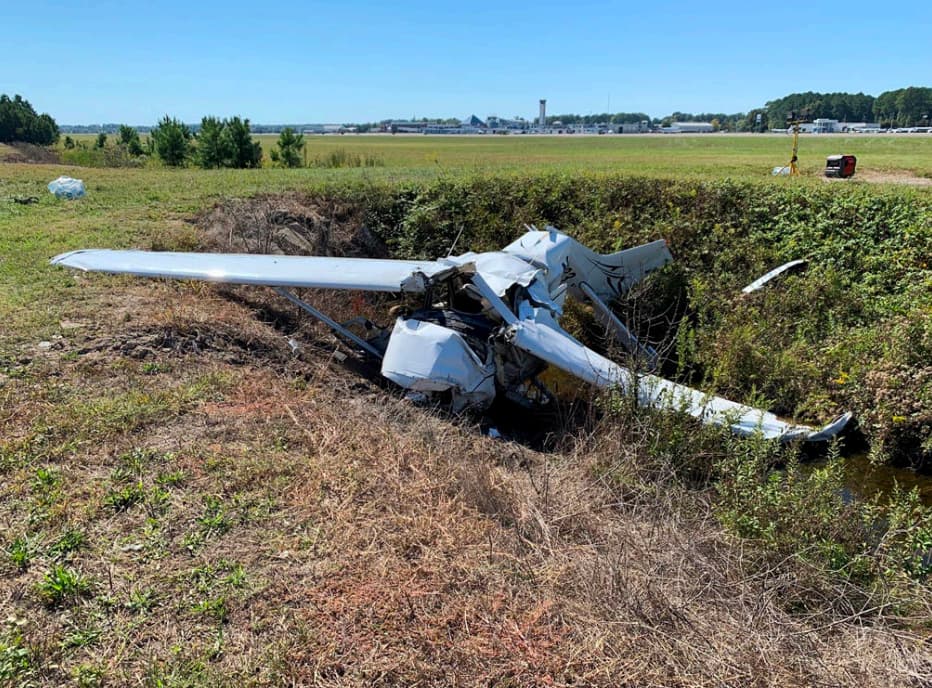
The Ending We Wish Were Different
N97883 struck the ground west of Runway 20. The instructor didn’t survive. The student and the pilot-rated passenger were seriously hurt. The airplane was substantially damaged. From a systems standpoint, the 172 was healthy. From a weather and runway standpoint, conditions were kind. The chain, as it often does, ran through the people in the cockpit: a first lesson, a shared yoke, and a takeoff that climbed just a little too high, a little too fast, until the angle of attack took the decision away. That’s a hard outcome to read, but it delivers a clear directive for the rest of us—own the controls, brief the exchange, and guard the climb until the airplane is cleanly flying away.

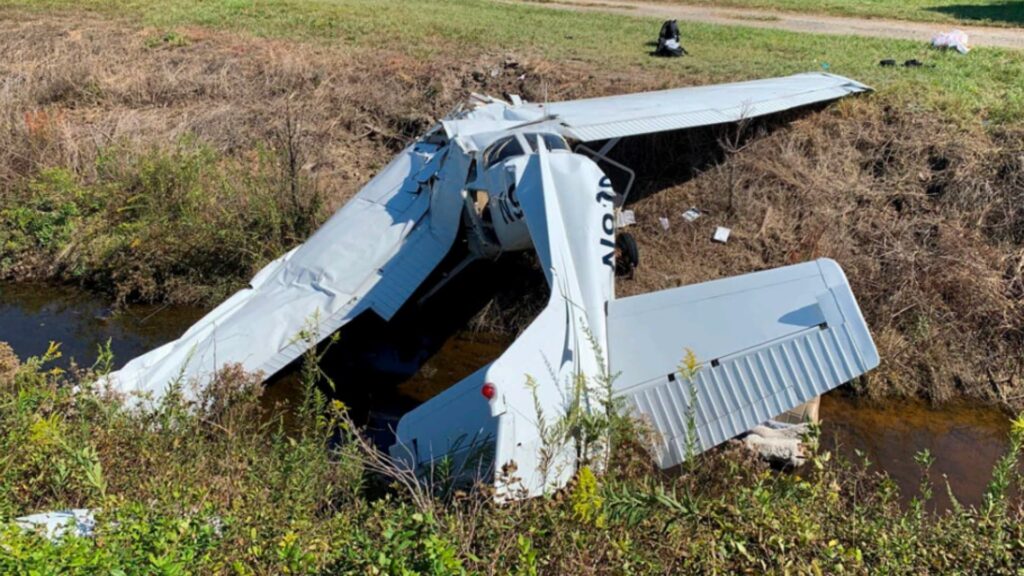



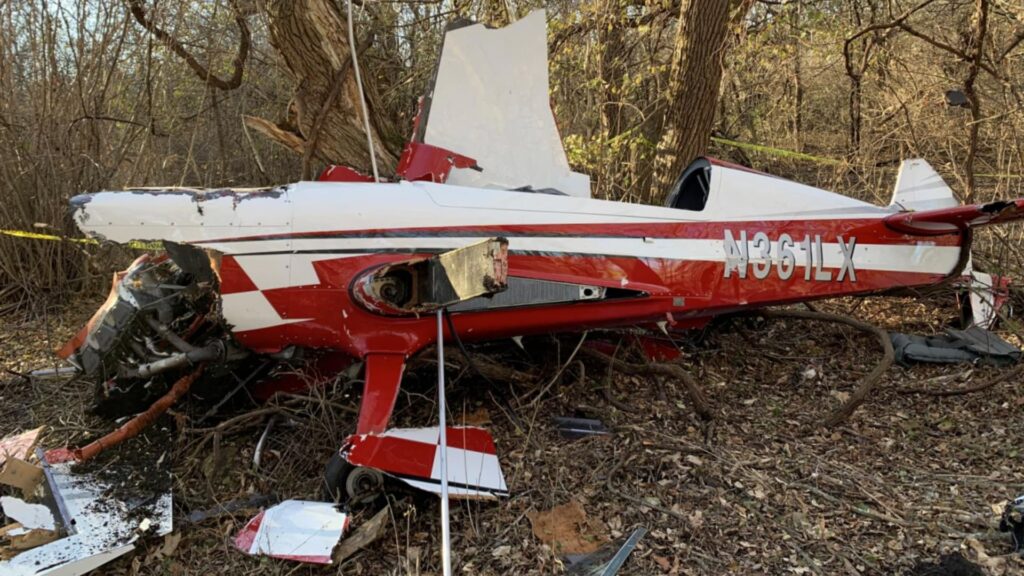

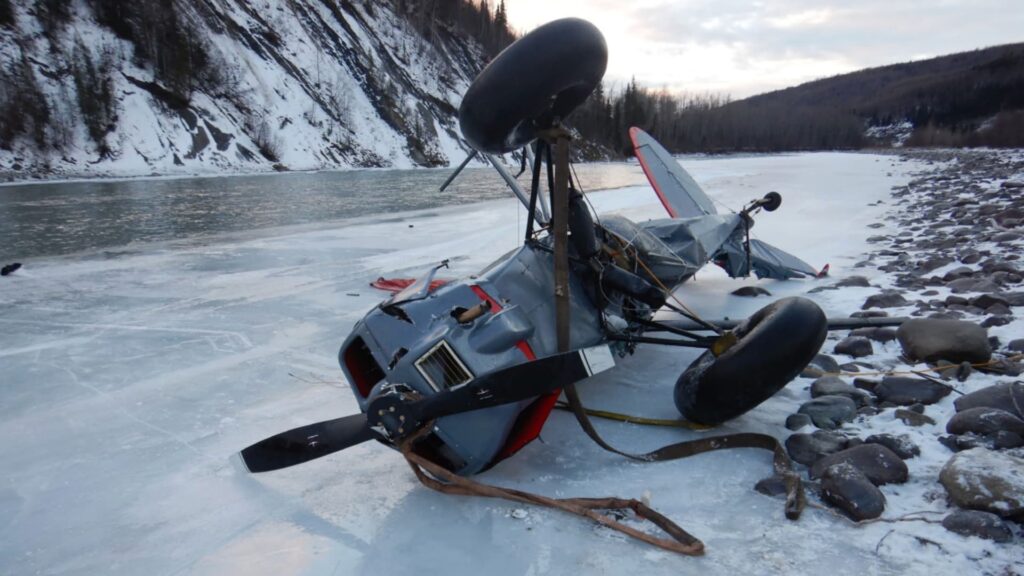
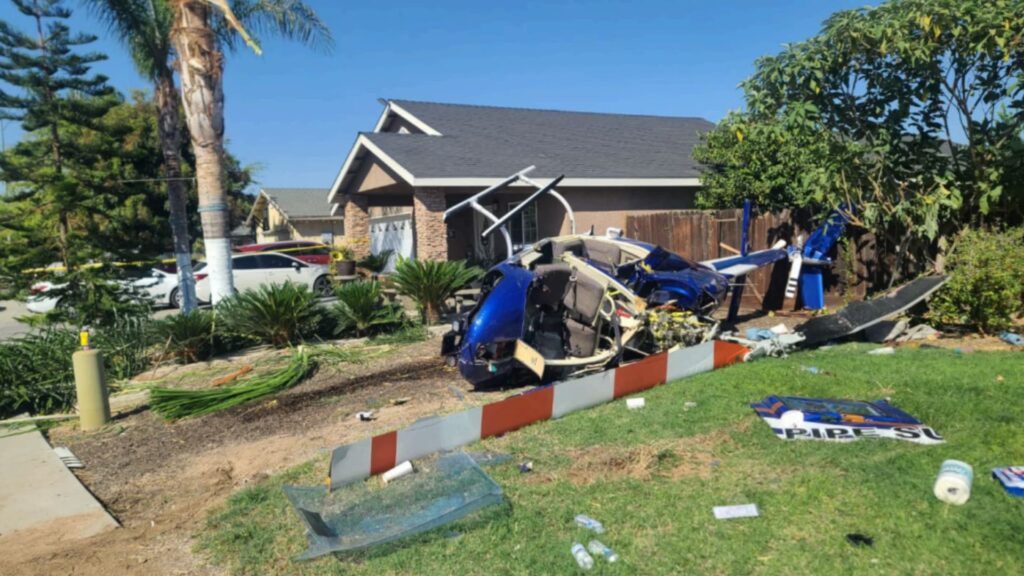
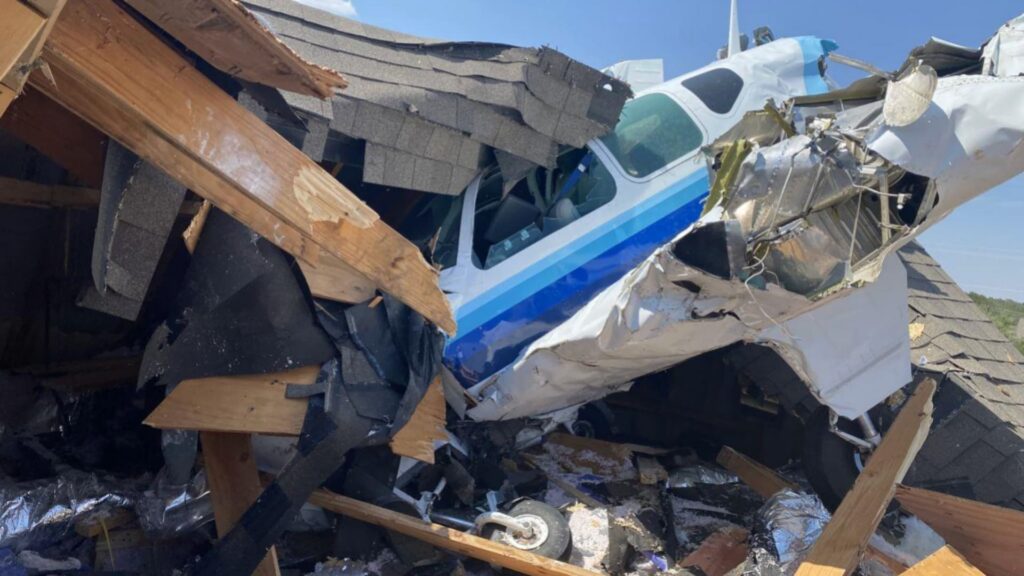

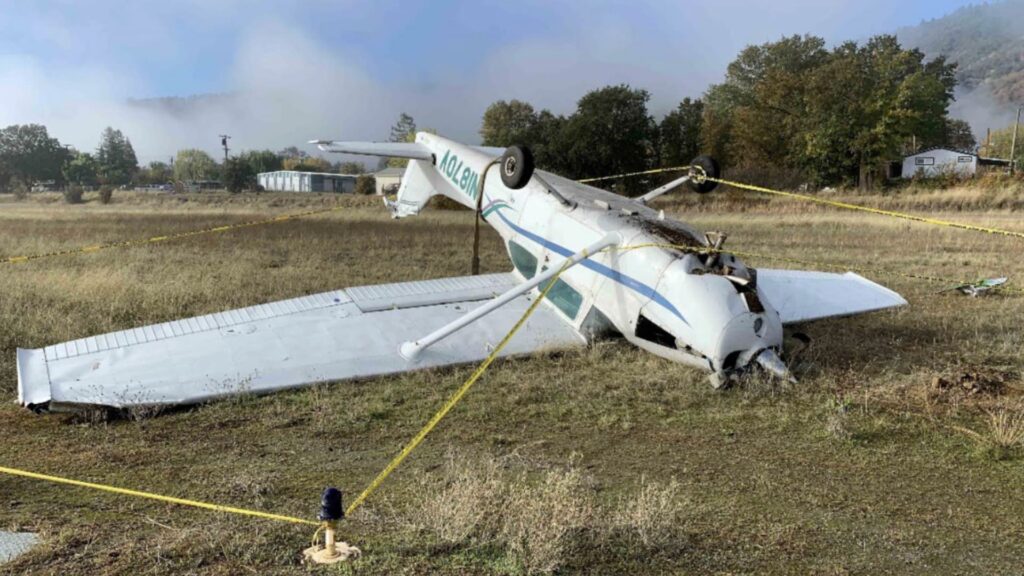
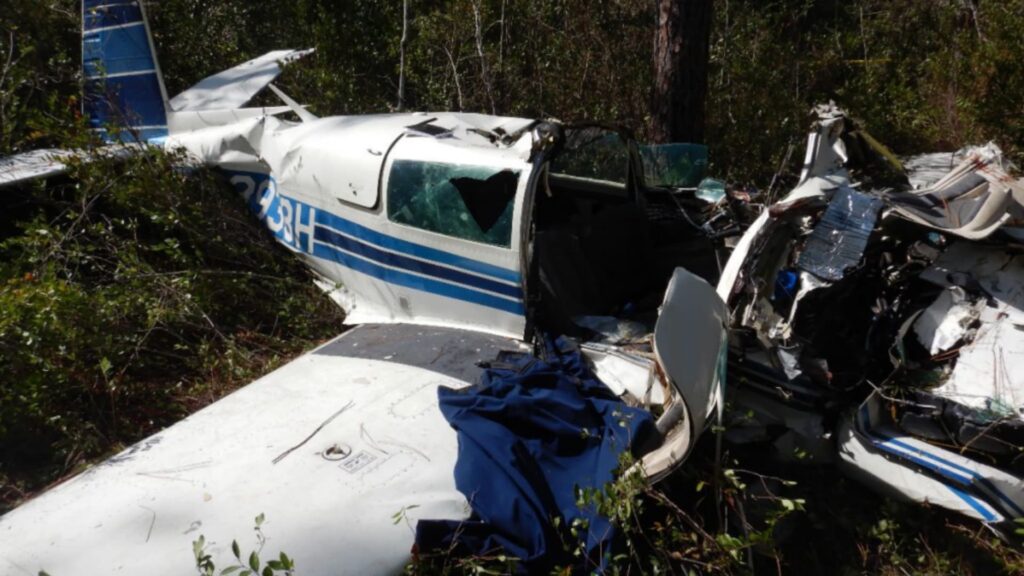
9 Comments
Enjoying your briefs Hoover. Had similar happen years ago when a first timer raised pitch too high and froze. If I recall correctly I had to holler at her 3 times before she let go of the yoke. I recognize now that I did not brief clearly enough concerning the ‘I have the controls’ and what it meant.
Having been a qualified Class 1 Flight Instructor and Pilot Examiner, what amazes me in this flight was the willingness to have the student participate in the takeoff. At the very most, an Introductory Flight would include some hands on time for the prospective student at a safe altitude. After a thorough briefing and the successful completion of the first flight lesson, Attitudes & Movements would I consider allowing the student to try anything near the ground. They must know the difference between a pitch attitude and where to look and the pitching movement, how to begin and stop it before handing controls over to the student. The Instructor, in this case was also a victim, inadequate training or supervision by an experienced instructor or just lack of experience, period. It’s too bad that learning that lesson cost her life. Are we rushing Commercial Pilots into becoming Instructors too quickly and do we have Low-timed Chief Flight Instructors passing on their lack of experience to the “even less experienced”.
No kidding she shouldn’t have let that student takeoff. No way. Plus she, of course, should have pre-brief the transfer of controls, and then if he froze, she should’ve overrode him on the yoke. Maybe he froze and overpowered her I don’t know. Tough deal, indeed, RIP. I agree I don’t know where she got the idea that it would be OK to let somebody with ZERO TIME touch the yoke on takeoff like that. At best they would feel the yolk move if they didn’t restrict the movement and at worst case they over-rotate and freeze on it. Basically it’s like the accident with Snort, where he left his gust lock in and the aircraft went straight up and stalled, again RIP.
I am not a pilot, but I have a grandson, 15 years old, being taught at a California flying school near San Mateo.
This debrief underscores how important it is that the instructor convey accurate information to the student. In my case, I’ve been told that when backfiring occurred on a single engine plane during takeoff, the instructor told my grandson there was nothing to worry about.
Backfiring on takeoff with a long runway. may not be as severe as a stall, but it’s nothing to make light of.
Hoover’s debriefs have awakened me to circumstances that I have personally experienced as a small plane passenger, not realizing how an alternative outcome could’ve been possible.
In New Mexico, I once came very close to flying with a pilot friend who had not flown anything for months. At the last minute, without explanation, he hired a pilot to fly us to another airport for my connecting flight. I realize now how lucky that last minute decision was.
As an instructor, my thumb and index finger was used to prevent control over controlling. It went from 1/8 of an inch for first flights in type to 1/2 inch for transitioners. Good point about “guarding.” Don’t think the students ever knew. Learned the trick from my first instructor whose radio call was “Crash”.
Student pilots could use a simulator to take off and fly the pattern, demonstrating some familiarity before they get to hold the real plane’s yoke.
Thank you Scott Perkin for the sane evaluation of the basic issues. Why should new students be subjected to ‘time-builders’ ?? And, further to those who can’t/won’t analyze what constitutes leaning and familiarization. The newbies should first be introduced to the sensation of flight, then, in established flying conditions (cruise, gentle climb, etc)given a chance to see what control inputs cause what- by sight picture. Basically, it was all “way too much, way too soon”.
Having been a qualified Class 1 Flight Instructor and Pilot Examiner, what amazes me in this flight was the willingness to have the student participate in the takeoff. At the very most, an Introductory Flight would include some hands on time for the prospective student at a safe altitude. After a thorough briefing and the successful completion of the first flight lesson, Attitudes & Movements would I consider allowing the student to try anything near the ground. They must know the difference between a pitch attitude and where to look and the pitching movement, how to begin and stop it before handing controls over to the student. The Instructor, in this case was also a victim, inadequate training or supervision by an experienced instructor or just lack of experience, period. It’s too bad that learning that lesson cost her life. Are we rushing Commercial Pilots into becoming Instructors too quickly and do we have Low-timed Chief Flight Instructors passing on their lack of experience to the “even less experienced”.
This happened to me yesterday on my discovery flight. I was expecting maybe some light hands on flying of the plane, once we were established in the air. Instead, I drove us on the taxiway to where we took off using the rudder, and then the instructor had me ‘help’ take off, by actually taking off. It all happened so quickly in my mind, and I just responded by following his instructions. It was amazing and a bit terrifying to be thrown in like that on a discovery flight. I liked the instructor very much, but I think I need to keep looking.